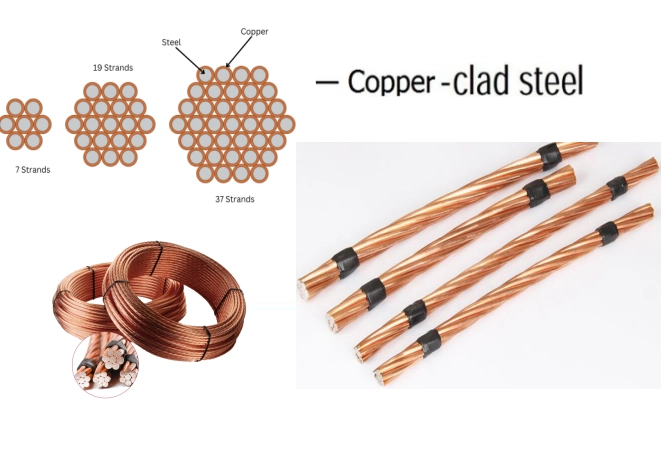When it comes to luxury watches, the term sapphire crystal often surfaces in discussions about durability, aesthetics, and overall quality. But what exactly is sapphire crystal, and why has it become the preferred choice for watchmakers around the globe? In this post, we will delve into the intricacies of sapphire crystal, exploring its properties, advantages, and the role it plays in the world of horology.
What is Sapphire Crystal?
Sapphire crystal is a synthetic material made from aluminum oxide, which is crystallized at high temperatures. Unlike regular glass, which is often used in lower-end watches, sapphire crystal is engineered to be significantly more durable and scratch-resistant. The process of creating sapphire crystal involves a technique known as the Verneuil process or the Czochralski method, where aluminum oxide is melted and then cooled to form a solid crystal. This meticulous process results in a material that is not only visually appealing but also exceptionally resilient.
Properties of Sapphire Crystal
- Scratch Resistance: One of the most notable features of sapphire crystal is its remarkable scratch resistance. On the Mohs scale of mineral hardness, sapphire ranks at a 9, just below diamond. This means that it can withstand everyday wear and tear, making it an ideal choice for those who lead active lifestyles or work in environments where their watch may be exposed to potential scratches.
- Transparency and Clarity: Sapphire crystal offers unparalleled clarity, allowing watch enthusiasts to appreciate the intricate details of the watch face and movement. Its optical properties ensure that the watch remains visually striking, with minimal distortion, regardless of the angle from which it is viewed.
- Temperature Resistance: Sapphire crystal can withstand extreme temperatures, making it suitable for various environments. Whether you're in a hot climate or a cold one, sapphire crystal maintains its integrity, ensuring that your timepiece remains functional and aesthetically pleasing.
- Chemical Resistance: Unlike other materials, sapphire crystal is resistant to many chemicals, including oils and solvents. This property is particularly beneficial for divers and professionals who may encounter harsh conditions.
Advantages of Sapphire Crystal in Watches
- Longevity: Investing in a watch with sapphire crystal means investing in longevity. The durability of sapphire crystal significantly reduces the likelihood of needing repairs or replacements, which can be both costly and inconvenient.
- Aesthetic Appeal: The brilliance and clarity of sapphire crystal enhance the overall aesthetic of a watch. Many luxury brands utilize sapphire crystal not only for its functional benefits but also for its ability to elevate the watch's design.
- Value Retention: Watches equipped with sapphire crystal often retain their value better than those with mineral glass. Collectors and enthusiasts appreciate the quality and durability that sapphire crystal represents, making it a wise investment.
Common Misconceptions
Despite its many advantages, there are some misconceptions about sapphire crystal. One common myth is that sapphire crystal is unbreakable. While it is indeed more resistant to scratches than other materials, it can still shatter upon impact if subjected to enough force. Therefore, while it is an excellent choice for durability, it is essential to handle your watch with care.
Conclusion
In conclusion, sapphire crystal is a hallmark of quality in the watchmaking industry, offering a blend of durability, clarity, and aesthetic appeal. Whether you are a seasoned collector or a casual wearer, understanding the significance of sapphire crystal can enhance your appreciation for fine timepieces. As you explore the world of watches, consider the advantages that sapphire crystal brings to the table, and make informed choices that reflect both your style and your lifestyle.

More Stories
Circular Economy Solutions: COMY Environmental Technology Leading the Charge
How Oil Type Transformers Enhance Industrial Power Efficiency
Indoor vs. Outdoor EV Chargers: Choosing the Right 7kW Charging Solution for Your Home